Laowa 180mm f/4.5 1.5x Ultra Macro APO lens
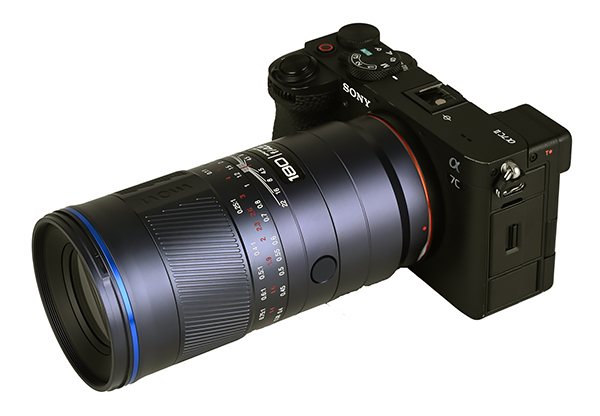
In summary
Laowa’s 180mm f/4.5 1.5x Ultra Macro APO lens has a well above average build quality and its optical performance, while not outstanding, is actually very good for this kind of lens.
There aren’t many macro lenses with focal lengths longer than 100mm so it’s a welcome addition to the options available. It should appeal to close-up and macro photographers because it provides an adequate working distance to allow close-ups of live, reasonably active subjects.
It will be best suited to users of cameras with Canon EF, Nikon Z or Sony E mounts, which support autofocusing and, while owners of Canon RF mount cameras could use it with an FE to RF adapter, potential buyers with L-mount cameras should check whether the limitations to autofocusing will suit their situations. Photographers who prefer manual focus to achieve greater precision for macro work should find this lens ideal.
Mechanically, it’s straightforward to operate and easy to use hand-held when it’s on a camera body with effective IBIS. It’s also quite stylish to look at, with its gunmetal blue finish and blue branding ring and its integrated USB-C port, which makes installing firmware updates easy.
Full review
Announced in September 2025, the Laowa 180mm f/4.5 1.5x Ultra Macro APO lens is surprisingly compact and light for its class. Its minimum focusing distance of 30 cm and minimum working distance of just under 15 cm make it easier to capture close-ups of live subjects. It also allows room for effective subject lighting.
The 180mm focal length offers a narrow field of view that can also be used for portraiture and the lens is bright enough for handheld shooting in normal daylight and well-illuminated indoor conditions. The f/4.5 maximum aperture strikes a good balance between brightness and portability, enabling this lens to be used for location work as well as travel.

Angled view of the Laowa 180mm f/4.5 1.5x Ultra Macro APO lens on a Sony α7C II camera body. (Source: Venus Optics.)
The optical design of this lens (shown below) consists of 12 elements in 9 groups and includes two extra-low dispersion elements and one ultra-high refraction lens. The company says the lens features an apochromatic design that limits chromatic aberrations and maintains clarity and detail across both close-up and long-range focusing distances.
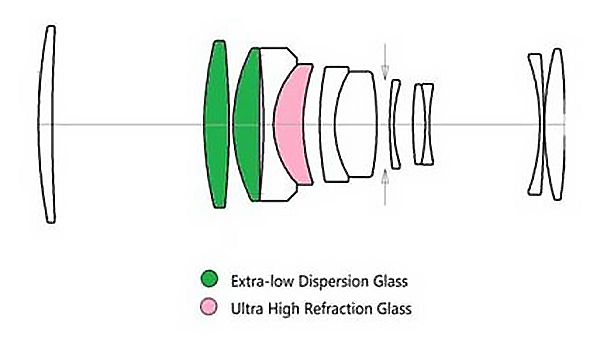
The optical design of the Laowa 180mm f/4.5 1.5x Ultra Macro APO lens, showing the positions of the exotic elements. (Source: Venus Optics.)
A nine-bladed aperture ensures smooth and attractive bokeh and the Lens Function button on the side can be customised to control different exposure and camera functions. An integrated USB-C port is provided for installing firmware updates. An optional lens support is available to provide more rigidity when working at high magnification.
The E-mount version of the lens, which was provided for this review, is 134mm long and weighs 522g. It can accept 62mm filters. The lens is also available with autofocusing support in Canon EF and Nikon Z mounts as well as with manual focusing only for Canon RF and Leica/Panasonic L-mount cameras.
Laowa doesn’t specify what kind of autofocus motors the AF versions of the lens use, simply stating it has an internal focusing design. It claims to be capable of focusing on subjects that are as close as 1.5m (4′ 11″) away; for closer subjects, you’ll have to use manual focus – if you have the original firmware.
Shortly before we received the review lens, Laowa released a firmware update that enables seamless manual-to-AF handover at 1.5m magnification and beyond 1.5 metres. This means autofocusing is now available for macro shooting and will operate within the specified short focus range.
Who’s it For?
There aren’t many macro lenses with focal lengths longer than 100mm so this lens will be a welcome addition to the options available. It should appeal to photographers who specialise in close-up and macro photography because it provides an adequate working distance to allow close-ups of live, reasonably active subjects.
It will be best suited to users of cameras with Canon EF, Nikon Z or Sony E mounts, which support autofocusing and, while owners of Canon RF mount cameras could use it with an FE to RF adapter, potential buyers with L-mount cameras should check whether the limitations to autofocusing will suit their situations. Photographers who prefer manual focus to achieve greater precision for macro work should find this lens ideal.
The f/4.5 maximum aperture results in a very shallow depth of focus at higher magnifications, which is to be expected. This remains the case, to some degree, even when the aperture is stopped down to f/7.1.
Fortunately for outdoor photographers, this lens is also relatively portable for its focal length and includes useful features like internal focusing, a dedicated function button for quick adjustments and a USB Type-C port for installing firmware updates. As an added bonus, its 180mm focal length can also be used for portrait photography, if required, and the f/4.5 maximum aperture should deliver adequate background blurring most of the time for portrait shots.
It can also be used for homing in on distant subjects, where its immunity to distortion can make it useful for architectural work. Despite its relatively small, f/4.5 maximum aperture, stopped down to f/5.6 or f/8 it’s bright enough for handheld shooting, but is still portable enough for travel and location work.
Build and Ergonomics
The Laowa 180mm Ultra Macro lens is relatively compact and lighter than most macro lenses in its class, which makes it attractive for long shooting sessions. Build quality is generally very good and the lens is made mainly of metal, with a solid mounting plate and distinctive, gunmetal blue colour with prominent markings.
The manual focusing ring, in particular, stands out, with its deeply-moulded angled ridging. Located 25 mm behind the front of the lens, it is 45 mm wide, with a 15 mm wide un-ridged band around its trailing edge that carries distance markings for the distance scale.
The distance scale carries white markings from 0.3 metres to 20 metres, with an infinity mark in red further around the barrel. Above and to its right is an AF mark in yellow for selecting autofocusing (rather than a dedicated AF/MF switch). A 7 mm wide band showing aperture markings is located just behind the moving focus ring.
The front element of the lens is approximately 35 mm in diameter and slightly recessed inside a 10 mm wide ring of concentric ridges. The threading for attaching 62 mm diameter filters is located on the outer edge of this ring.
A bayonet fitting for the supplied 40 mm long cylindrical lens hood surrounds the outer tip of the lens, with a blue branding ring behind it. An un-ridged patch on either side of the focusing ring carries the Laowa logo and provides a tactile point for gripping the ring.
Behind the distance scale is another branding ring, this time carrying the focal length and maximum aperture for the lens embossed in white. The programmable function button is situated around the left side of this ring, easily distinguished by its raised rubber-like cover.
The lens barrel continues for a further 27 mm before sloping inwards for about 5 mm then straightening out for a further 20 mm to end in a copper-coloured ring that marks the outer edge of the lens mount. The metal mount fits firmly to the camera, confirming the build quality of the lens.
The Laowa 180mm f/4.5 1.5x Ultra Macro APO lens is supplied in a handsome teal presentation box made from heavy-duty cardboard, with protective foam inside. It comes with its front and rear caps attached and the lens hood reversed over the lens barrel.
Performance
We were unable to run Imatest tests at macro magnifications so all the test results here relate to the ‘normal’ 180mm focal length. Our Imatest tests showed centre resolution to be up to expectations for the review camera’s 20-megapixel resolution in JPEG files between f/4.5 and f/8, with mid-range resolutions showing measurable softening across the aperture range but more noticeable between f/4.5 and f/5.6.
Edge softening was obvious in test shots and confirmed by Imatest measurements and was fairly consistent across the aperture range. Raw files delivered slightly higher resolution across most aperture settings, although differences were reduced from about f/9 on due to the effects of diffraction. Our test results for JPEG files are shown in the graph below.
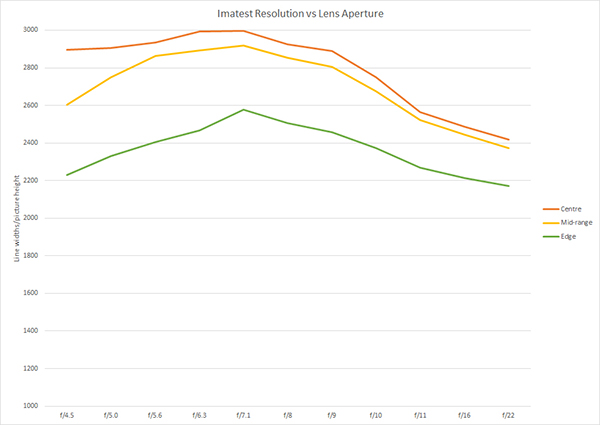
This is an interesting result that should be ‘read’ in the context of how this lens will be used most of the time. Traditionally, macro lenses are commonly stopped down because of their extremely shallow depth-of-field at wide aperture settings (as illustrated in the Samples section of this review) so, if that’s how you mainly operate, this lens should present few problems.
However, an increasing number of cameras are capable of in-camera focus stacking, which encourages users to shoot at wide apertures to take advantage of available light without requiring high ISO values. If that’s how you prefer to take macro shots, you can expect a very high degree of background blurring, which may intrude onto larger subjects that occupy most of the frame.
Lateral chromatic aberration figures hovered just below the borderline between
‘negligible’ and ‘low’ CA, which is relatively high for a modern lens. However, the Sony α7 II camera used for the tests may not have applied any automatic corrections. The graph below shows the results of our Imatest tests.
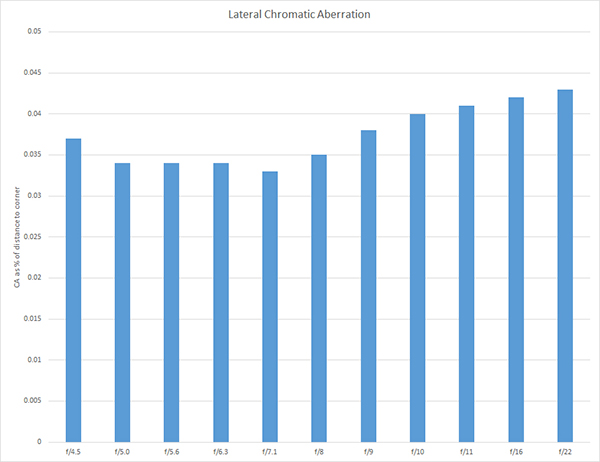
Interestingly, in ‘real life’ usage, neither the edge softening not the chromatic aberration had obvious impacts on image quality. To demonstrate, we’ve provided crops of some of the test shots, taken from the centre and edges of the frame.
More obvious from a usage viewpoint was the sporadic hesitations in autofocusing, which tended to occur more frequently when subjects were close to the borderline between the ‘normal’ and ‘macro’ distance ranges. At distances of 2-3 metres, problems only occurred with low-contrast, poorly-lit scenes, while within the macro range manual focusing turned out to be preferable to AF in most cases.
Bokeh (the quality of the blurring in out-of-focus areas) is an important quality in macro lenses because ‘choppy’ bokeh can distract the viewer’s eyes from the subject. Test shots showed the lens capable of rendering out-of-focus blurring very smoothly, although we found slight outlining of bright highlights in some shots.
Rectilinear distortions were effectively negligible, as you’d expect from a lens of this type and its focal length. Vignetting was also slight and barely noticeable. Overall, an impressive result for such a unique lens.
Conclusion
Login or Register to access the full article.
SPECS
Picture angle: Approx. 13.7 degrees diagonal
Minimum aperture: AF = f/22; MF = f/32
Lens construction: 12 elements in 9 groups (including two ED elements and one UHR element)
Lens mounts: Sony E, Nikon Z, Canon EF (all support autofocusing for subjects from 1.5m to infinity); Canon RF, L-mount (manual focus only)
Diaphragm Blades: 9
Weather resistance: Partial
Focus drive: Internal STM (stepping motor)
Stabilisation: No
Minimum focus: 30 cm with manual focusing
Minimum working distance: 14.76 cm
Maximum magnification: 1.5x
Filter size: 62 mm
Dimensions (Diameter x L): Canon EF – 67.6 x 88.4 mm; Sony E – 67.6 x 134.4 mm
Weight: Canon EF – 484 grams; Sony E – 521 grams
Standard Accessories: Front and rear caps (tripod collar available as optional extra)
Distributor: Laowa Lenses Australia
TESTS
Based on JPEG files taken with the lens on the Sony α7 II body.
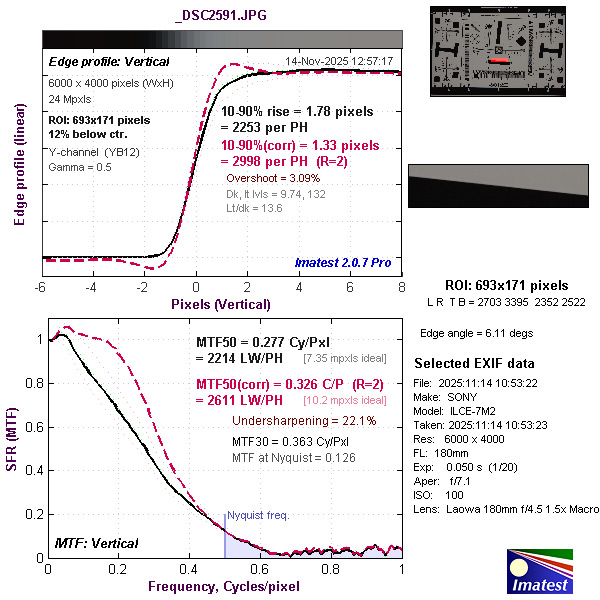
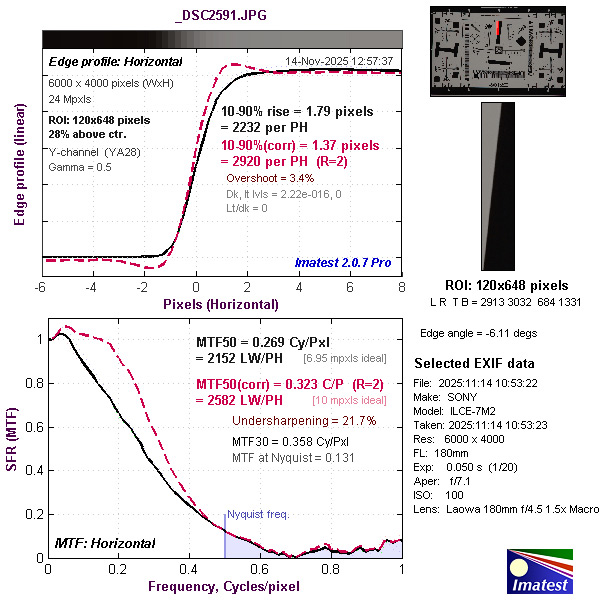
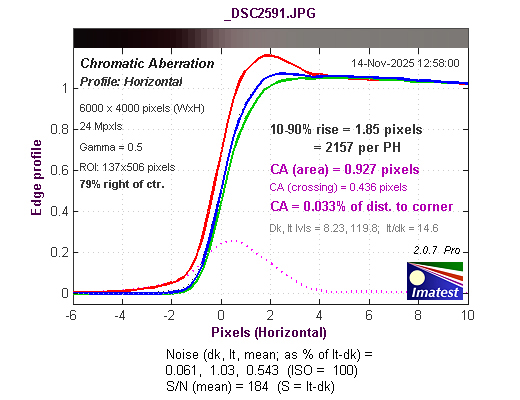
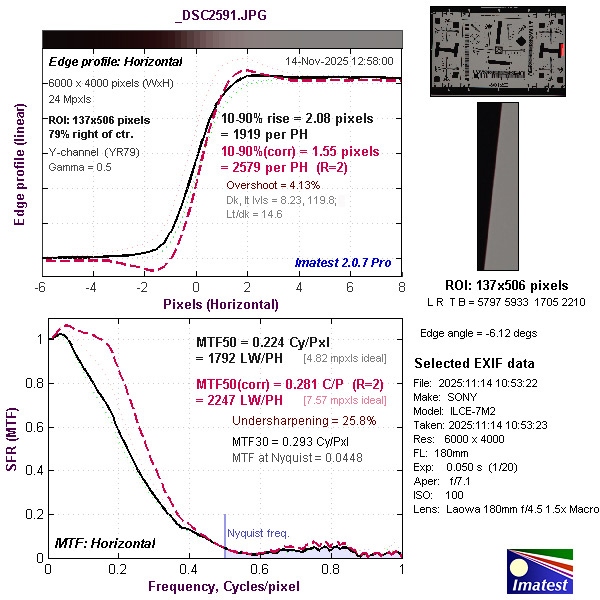
Based on ARW.RAW files recorded simultaneously.
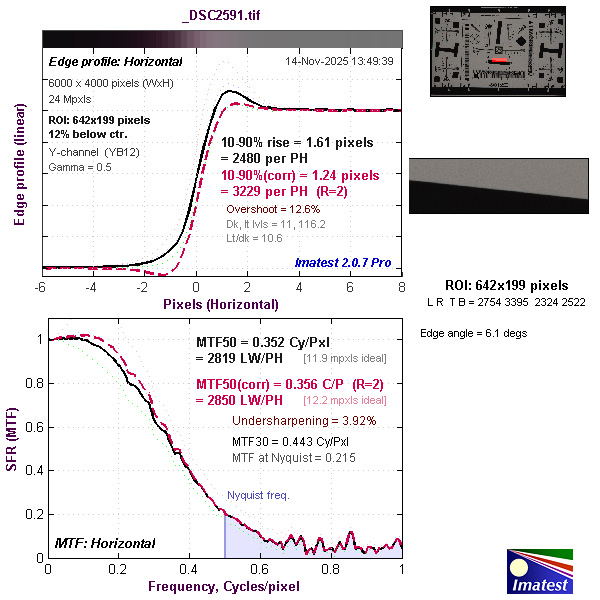
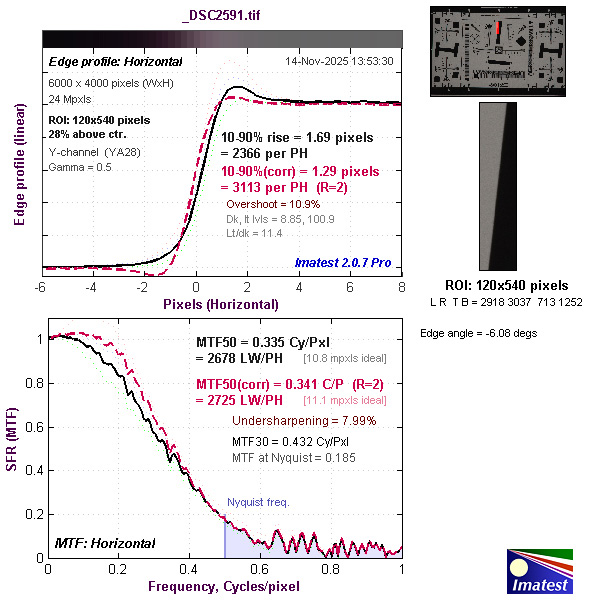
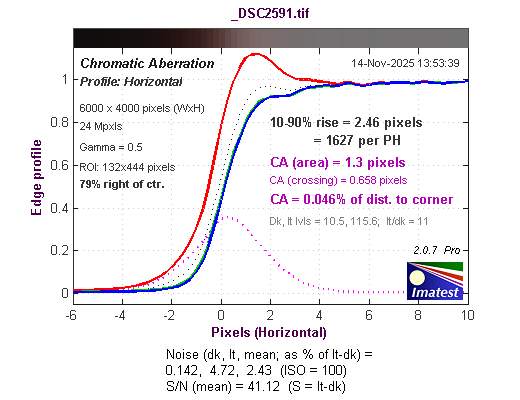

SAMPLES
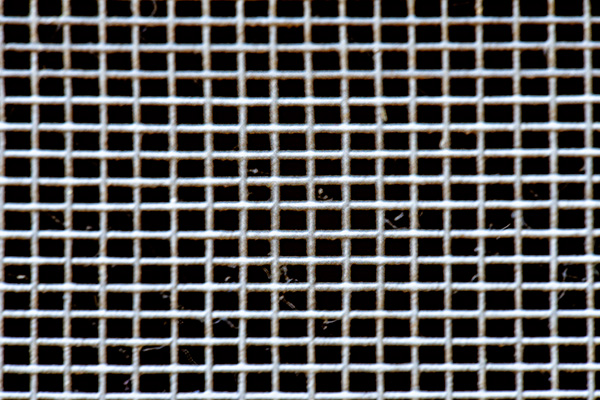
Rectilinear distortion in Macro focus range.

Vignetting at f/4.5.
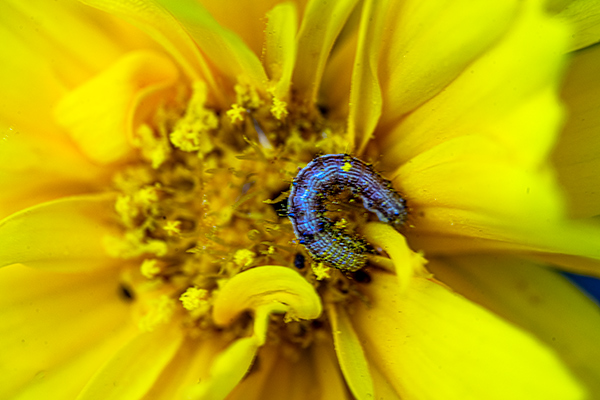
Macro shot at 1.5x magnification; ISO 320, 1/30 second at f/7.1.
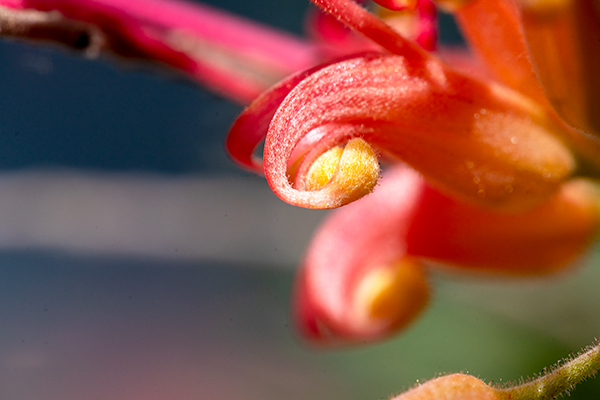
Macro shot at 1.5x magnification; ISO 200, 1/100 second at f/6.3.
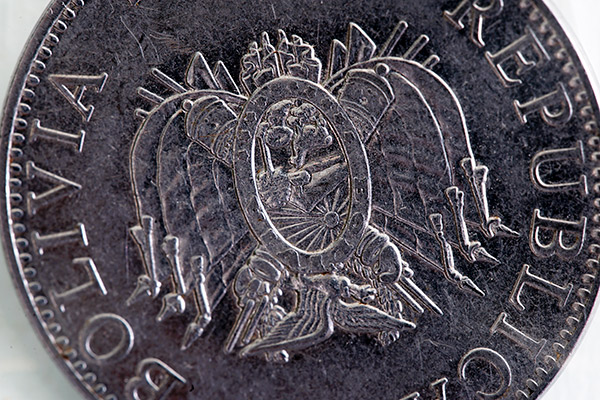
Macro shot at 1.5x magnification; ISO 100, 8 seconds at f/11.
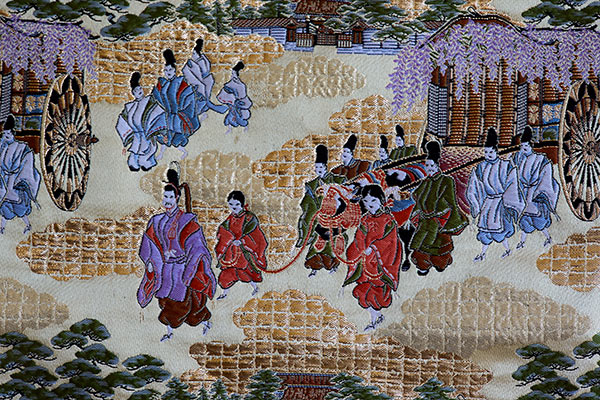
Close-up of woven fabric at roughly half-macro magnification with the camera tripod-mounted; ISO 100, 1/5 second at f/8.
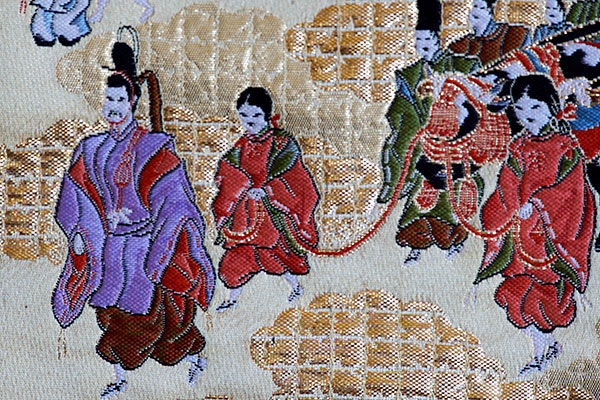
Closer view of the same subject at ISO 100, 1/4 second, f/8.

Macro shot at 1.5x magnification showing details of weaving; ISO 100, 0.6 second at f/8.

Close-up at f/4.5 showing shallow depth-of-field; ISO 100, 1/6 second.

Close-up of the same subject with the lens stopped down to f/5.6; ISO 100, 1/4 second.

Close-up of the same subject at f/8; ISO 100, 0.6 second.
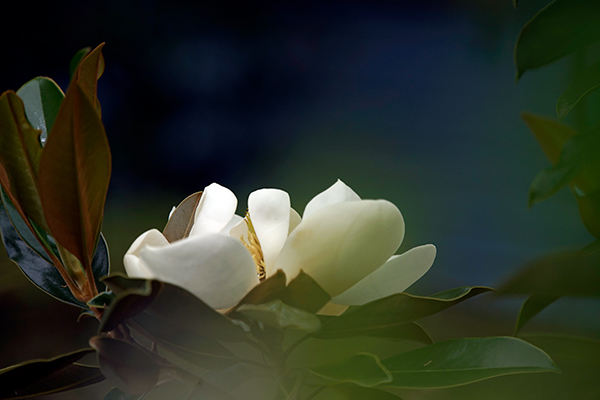
Hand-held close-up at f/5.6 with evenly-lit background and some very close foreground interference; ISO 400, 1/2000 second.

Hand-held close-up at f/4.5; ISO 400, 1/800 second.
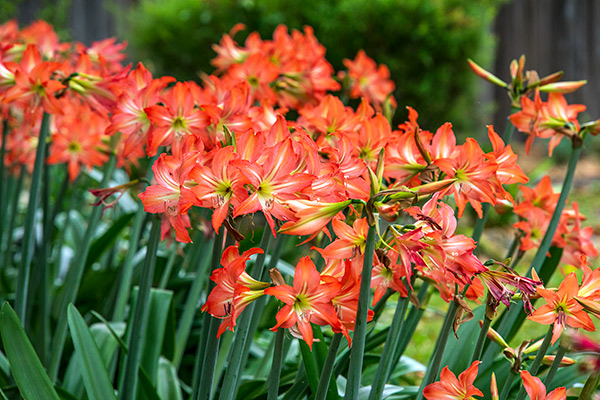
Hand-held shot showing perspective compression due to 180mm focal length; ISO 400, 1/500 second at f/8.

Bokeh in close-up shot; ISO 400, 1/500 second at f/8.

Distant scene; ISO 100, 1/250 second at f/8.
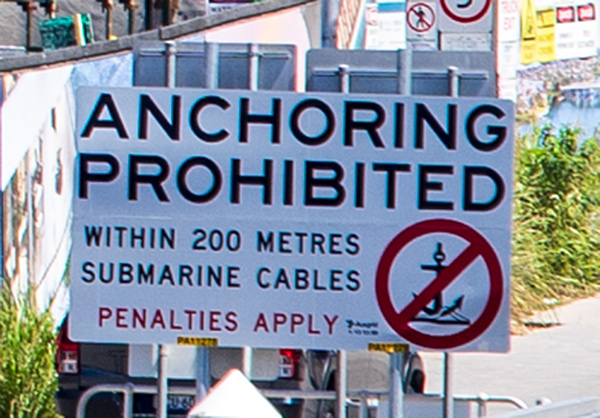
Magnified crop from the above shot showing details.

Architectural shot; ISO 100, 1/320 second at f/5.6.



Three crops from the above image, taken from the centre and each side of the frame.
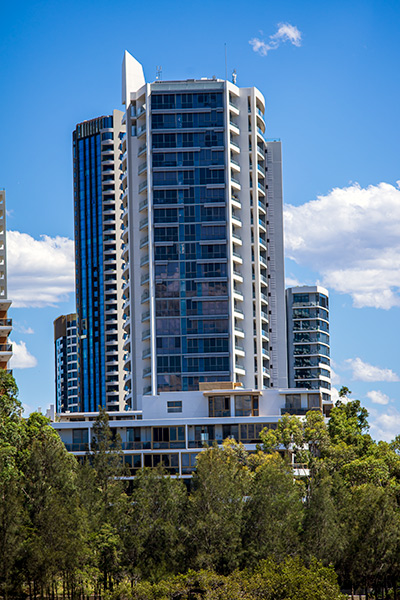
Architectural shot; ISO 100, 1/500 second at f/5.6.
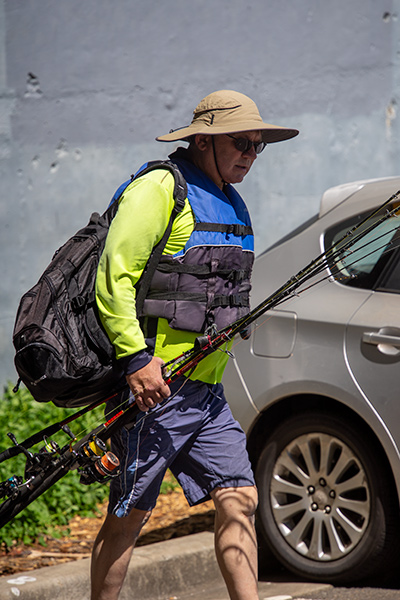
Candid shot of a fisherman; ISO 100, 1/1600 second at f/5.6.

Portrait shot; ISO 400, 1/500 second at f/4.5.
Rating
RRP: AU$939
- Build: 9.0
- Handling: 8.9
- Image quality: 8.9
- Autofocusing: 8.8
- Versatility: 8.9
BUY

